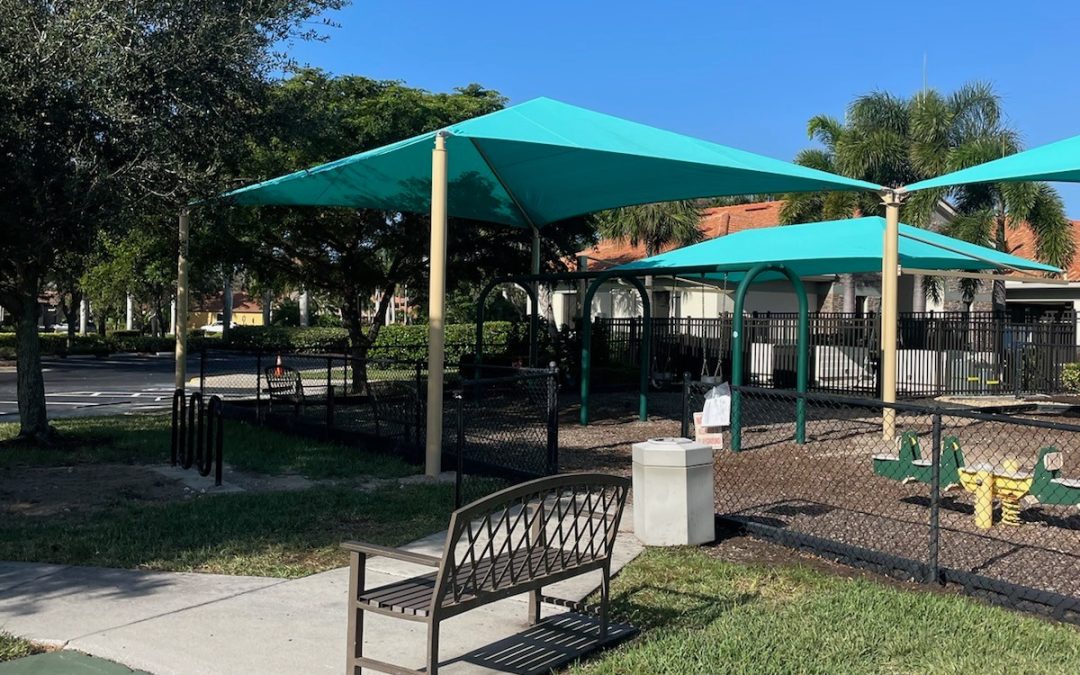This instruction provides guidance on how to properly size a shade sail, ensuring you understand the fundamentals, avoid common mistakes, and gain valuable advice. It’s the perfect time to design your ideal, sun-protected retreat, and the shade is waiting for you.
 Important Takeaways
Important Takeaways
Think about the area you wish to shade and its direction.
When choosing a shade sail, size does important since it influences the space’s appearance and usability.
Choose a canopy size based on the measurements of the area you wish to shade.
Consider the course of the sun and the need for shade throughout various seasons and times of the year.
To choose the right shade sail size for your space, consider the space’s orientation, the location of the sun’s peak, and the need for maximum shade. The installation points are crucial in determining the sail’s size and shape, ensuring enough room for tensioning hardware and structural soundness. Additionally, consider the personal touch of your space, as your shade sail should reflect your uniqueness and feel like it belongs to you. The right size is not just practical but also aesthetic and functional, making you feel part of your space. By considering these factors, you can ensure the right shade sail size is not just practical but also personal.
To shade a space, measure the area you want to shade, whether it’s a small patio or a large pool. The size of your canopy should match the shade area. Observe the sun’s trajectory to determine the best position for your shade sail. Secure attachment points, such as house parts, trees, or poles, should be chosen to ensure they can bear the load and are considered in the sizing calculations.
To create a shade sail, use a measuring tape, pen, and paper to identify the points where you want your sail to be anchored. Consider the sun’s movement across your space and measure the distance between these points. If dealing with an irregular shape, break it down into smaller triangles or rectangles for easier calculations. Add an extra 10% to accommodate tension for a taut, sag-free canopy. Note down your measurements, taking into account the height for clearance. This will help you create the perfect shaded haven you’ve always wanted. Remember to be patient and learn from your mistakes to create a perfect shaded haven.
 The height of your canopy is crucial for determining its shade, as higher heights provide less direct shade. The sun’s movement throughout the day affects the shade, so consider its path when deciding on canopy size and placement. Secure fixing points are essential, ensure they are durable and at a proper distance to accommodate tension to avoid a saggy canopy.
The height of your canopy is crucial for determining its shade, as higher heights provide less direct shade. The sun’s movement throughout the day affects the shade, so consider its path when deciding on canopy size and placement. Secure fixing points are essential, ensure they are durable and at a proper distance to accommodate tension to avoid a saggy canopy.
High-density polyethylene are the best materials for a durable shade sail, as they are robust and UV-resistant. These sails can withstand extreme weather conditions like heavy rain and storms, but proper installation is crucial to avoid potential damage. The frequency of replacement depends on the sail’s quality, installation, and exposure to extreme conditions. If well-chosen and maintained, it typically lasts about 5-10 years. Regular inspections, gentle cleaning, and taking it down during harsh weather can extend its lifespan.
Installing a shade sail can be done by yourself, but larger sails or complex installations may require professional help for a secure fit. Mastering shade sail sizing can create an inviting, sun-safe oasis in your backyard. It’s essential to use the right measurements and careful planning to avoid common pitfalls and ensure a secure fit. With a well-sized shade sail, you can coolly conquer the sunshine and transform your space into a cool retreat.

